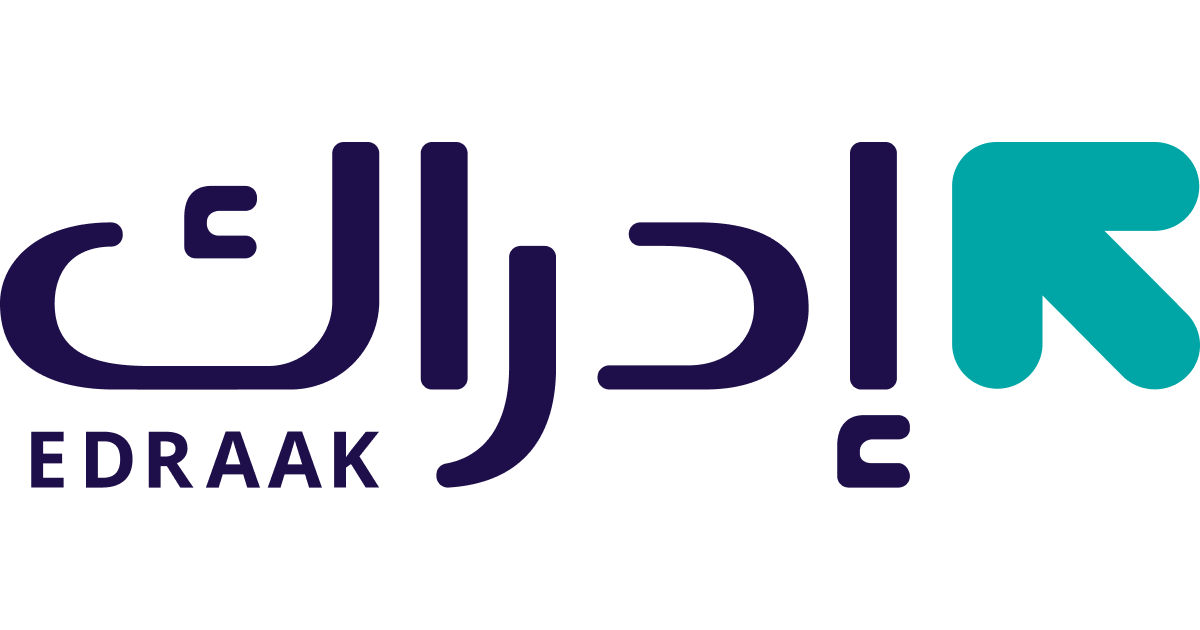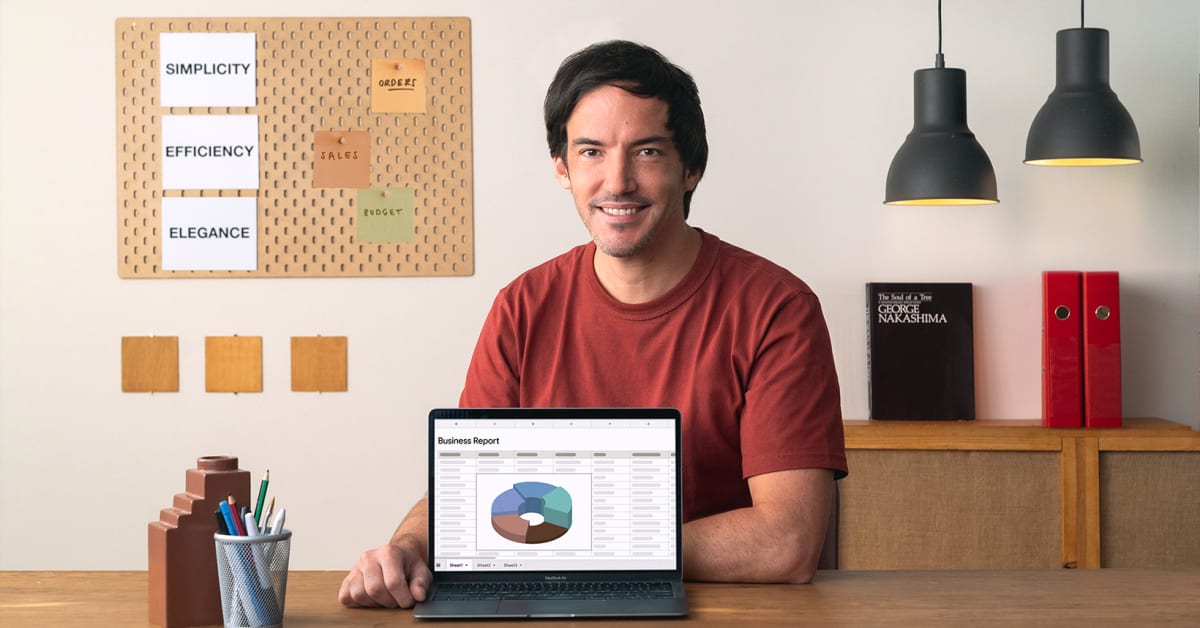Description
In this course, you will :
- Learn how to use macros in Excel to automate tasks and create simple macros of your own.
- demonstrates how to record a macro in stages, share macros between workbooks, create keyboard shortcuts to run macros quickly, and use Visual Basic for Applications (VBA) to code macros that cannot be recorded.
- The course concludes with a macro project that combines all of the elements in a real-world scenario: converting a mailing list to a database-friendly format.
Syllabus :
1. Getting Started
- Identifying applicable situations for using macros
- How to play back, run, or execute a macro
- Recording and testing a macro
- Overview of VBA: Altering macro code
- Understanding security
2. Running a Macro
- Running a macro from the Developer tab or the View tab
- Record a macro and play it back from the Quick Access Toolbar
- Run a macro from a keystroke shortcut
- Run a macro from a button or Clip Art image
3. Using VBA
- The VBA window and VBA components
- Creating the Personal Macro Workbook
- Closing and updating the Personal Macro Workbook
4. Recording a Macro in Stages
- Recording a simple macro
- Expanding a macro with the If statement
5. Creating Nonrecordable VBA Code
- Understanding when to use absolute or relative references
- Using For and For...Next statements
- Using Do While and Do Until statements
- Creating interactive macros
6. Macro Project: Converting a Mailing List into a Database List
- Planning a macro
- Recording partial code
- Using loop structures in context
- Testing a macro in step mode
- Pulling the data together
- Joining two macros
- Streamlining macros









